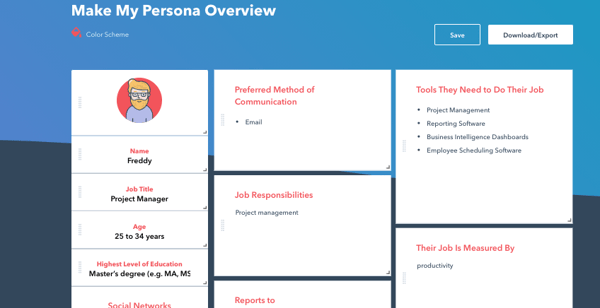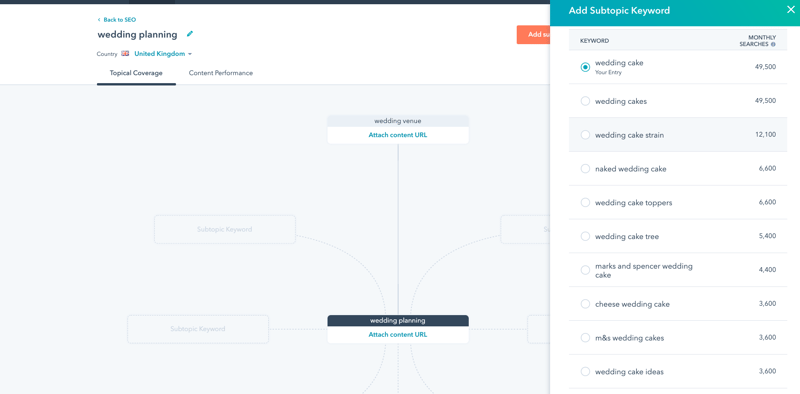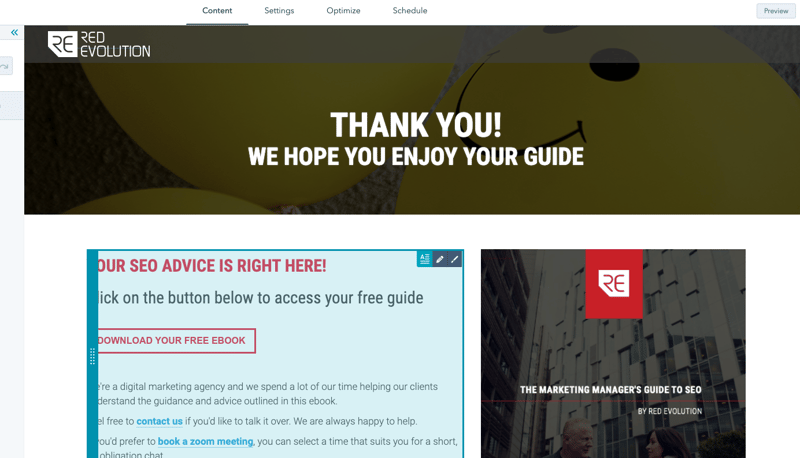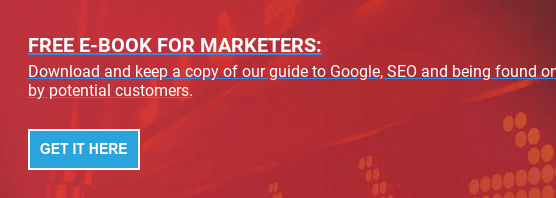Content marketing is not new. Look in your Granny's kitchen and you are bound to find recipe books called something like 50 Ways to Use Stork Margarine or 101 Meals with Spam.

In the good old days pre-internet, companies still used content to promote their products. The principles were exactly the same as they are now - provide useful, original content that is on-topic and relevant to your potential customers to move them down the path towards a purchase. So if Granny found a cake recipe she wanted to make, she was likely to buy stork margarine when shopping for ingredients as they were top of her mind, and she had a warm, positive impression because they helped her at the right time.
Another example is the in-flight magazine - they started a trend for all sorts of companies to produce their own corporate magazines. In direct mail's heyday, the post was full of these glossy publications, providing entertaining, useful, interesting and educational articles that built the brand and encouraged loyalty, repeat purchases and possibly recommendations as well.

Online Content & Blogging
In those days content marketing was expensive and so only companies with deep pockets were making a mark. However, with websites came blogs and with blogs came the content marketing we know and love today. Apparently there are now over 600 million blogs on the internet worldwide! According to HubSpot, businesses that blog get 55% more website visitors than businesses that don't and, even more importantly, companies with blogs produce an average of 67% more leads monthly than companies that don't blog.
In order to harness, the incredible potential that blogging holds, it's not enough just to post your random thoughts into cyberspace and hope for the best. Content marketing should be a strategic activity with planned campaigns that contribute to your overall marketing goals. That means doing your research, and thinking abut what you want to achieve and at every stage deciding what you want your audience to do next in order to reach the end goal.

For example a journey might look at bit like this:
- Jenni sees a tweet about a topic that interests her
- she clicks through and reads a blog post
- at the end of the blog post is the offer of a checklist
- she fills in her email address and downloads it
- she then receives an email offering a consultation but she's not ready
- she then receives an email with a useful video which she watches
- in the meantime she searches for more information on the subject using google and your page is one of the top results, so she clicks through and reads it
- she receives another offer of a consultation and this time she is ready and signs up.
- At this point she becomes a lead and your sales process kicks in.
Don't worry though, you are not alone. Tools like the HubSpot Marketing platform along with HubSpot agencies like ourselves are there to make it all a piece of cake.
Here's how HubSpot helps.
Identify your Buyer Personas
No marketing campaign should commence without you having a very clear picture of who your ideal customers are. HubSpot has a place for you to input all the details so that you don't lose sight of who you are speaking to. If you don't know where to start, there is even a fun Persona generator tool you can use as part of your onboarding process. The clever part is that you can start allocating personas to your contacts so that you can segment your database and communicate with them on a more personal level as well as understand who is most interested in which content on your website.

Plan Your Content
Now you know who you are speaking to, look for the main topics that those ideal customers are searching for. HubSpot has a handy SEO tool that can suggest topics and indicate the volume of searches for each one. Look for topics that have reasonably high volume but are not necessarily the most obvious and sought after. It also helps you structure your content around a main topic page with related sub-topic pages which help search engines understand the main questions you are answering on that part of your website.

In the example above, as part of your topic cluster about wedding planning, here is an indication of the most searched for keywords around wedding cakes. You might choose to add a blog post about wedding cake ideas to your cluster.
Manage Your Campaign
You can then decide on all the elements of your campaign and set it up in the Campaigns section of HubSpot. Yes, it really does have everything! You can set tasks for yourself or other members of your team, with reminder notifications, and see them all in the campaign calendar.

Create Landing Pages & Forms
Now to create the campaign assets. Start at the end so that you have everything in place before you go live. So that could be ebooks, videos or other offers, and the landing pages and forms that you need to gather contact details before your visitors get access to the offers. And guess what? Yup, you can create landing pages and forms in HubSpot's easy drag and drop page editor.

Write Follow-Up Emails
Don't forget to follow up your leads. You can set up automated emails which are triggered by your contact completing a specific form. That way nothing is left to chance, and everyone receives a relevant and timely message. You can also automate setting tasks for the sales team to take the next step if you want.
Add Blog Posts
Once all the campaign steps are in place, you can start writing all that lovely, creative stuff that is going to help you rank in Google and attract the right type of visitors to your website when they are looking for the things you do. With the Hubspot blogging tool you can write, edit and optimise your blog posts using the tips provided to give you the best possible chance of hitting the mark. Remember to add a Call to Action (CTA) to flag up the next thing you want your visitor to do. These can be standard CTAs or even Smart CTAs - the call to action shown is different depending on who is viewing the blog post. Clever stuff!
Post To Social Media
Now you are ready to tell the world about the fantastic content you have created. Use HubSpot to post to all your social media accounts, adding links and images and adapting the wording to suit your audience on each platform. You can schedule posts in advance to make the most of your time and make sure you have everything in place to go live. The scheduled posts will show up on your campaign calendar so that you can see the full picture. You can also monitor any comments and interactions so you don't miss a thing.
Analyse The Data
The crucial final step - use HubSpot to look at the performance of each step. How many blog post views, CTA clicks, landing page views, form fills etc. Look at what worked well and most importantly what didn't work so well, make changes, try again and learn from the data.
Rather than using a confusing mixture of spreadsheets, blogging sites, landing page sites, email and social media scheduling software, keeping all your content marketing within the HubSpot marketing platform is an easy and time-saving approach which gives instant visibility of all your assets, plans and reports to the whole team at any time.


